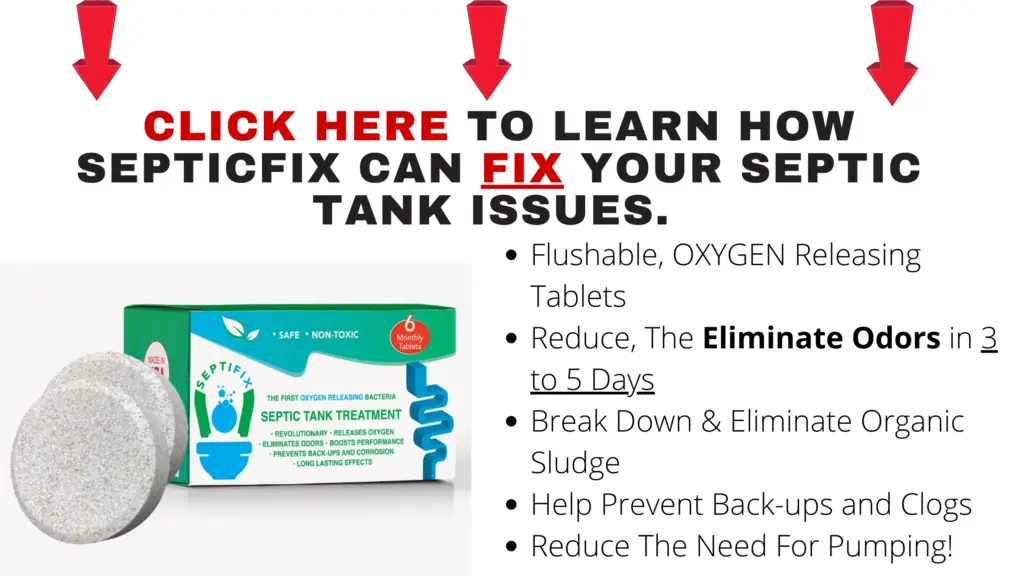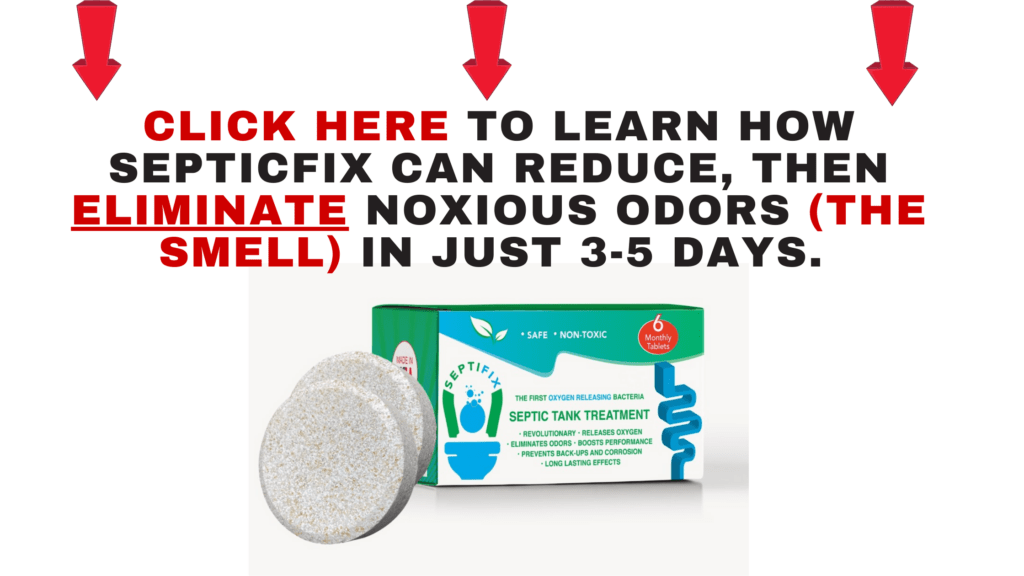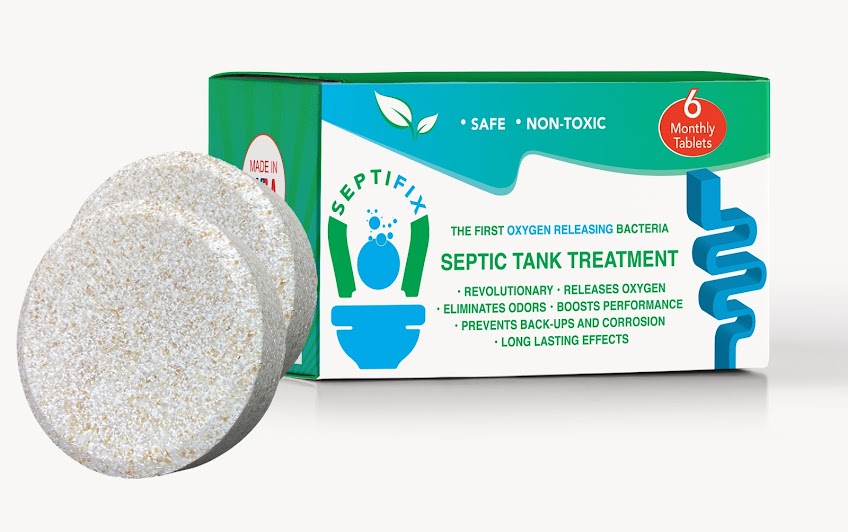Common Septic System Problems
Septic tank systems are built to be safe and reliable on-site systems for waste treatment. However, septic system emergencies and problematic issues are not totally impossible – especially if proper and routine cleaning and care have been falling short. We will be outlining here a number of the most common septic system problems that home and business property owners encounter and what you can do to fix and prevent them.

#1 Backups and Clogs
Out of all the septic tank system problems any home or business property owner could possibly encounter, backups and clogs are perhaps the most dreaded. Septic tank systems that are subjected to voluminous usage and especially over an extended period of time, the high build-up of sludge may result to a major headache if the septic tank is not emptied frequently enough. This happens when a high amount of solid waste accumulates at the base of the septic tank without periodic pumping. Without sufficiently regular emptying, sludge may start to get into your drainfield and create clogs, inhibiting wastewater from dispersing naturally into the ground. The easiest and most guaranteed prevention of such problems is to get your tank pumped out as frequently as is recommended by the manufacturer. Nobody would ever like the idea of dirty sewage seeping back up through the home’s or facility’s drains, right? Furthermore, problems like these can be avoided by keeping non-septic-safe wastes out of your toilets and drains.

Non-biodegradable products in your septic tank will occupy valuable space permanently as these will never break down naturally. This raises the liquid levels in your tank unnecessarily, forcing floating solid wastes into the septic distribution system. Sometimes, even the so-called “flushable” products do not disintegrate as efficiently as they should. Only biodegradable substances should be finding their way down your toilets, drains, and into your septic tank.
Keep kitchen wastes out of your septic system. This includes oil, fats, and grease down kitchen drains. Allowing high volumes of grease, oil, or fats into your septic system can rapidly result to clogged pipes in your drainfield. While most systems are able to handle average amounts of grease and similar products that might go down the drain from washing kitchenware, it pays to remember that you should not be dumping grease down the drain with the purpose of getting rid of it. Also, garbage disposal units are ideally not connected to the septic tank system. The reason for this is that kitchen wastes do not break down the same way as biological wastes do.
Finally – and we cannot stress this enough — regular septic tank cleaning is very important. It is imperative that you have your system inspected and pumped out periodically (septic experts recommend every two to five years) to help ensure that your septic system maintains sufficient capacity in order to function efficiently.
#2 Excess Water in the Septic Tank
Excessive or wasteful water usage forces your septic tank to hold more water than it is built for. Excess water impedes the solid wastes from breaking down before the increased water level in the tank forces them to pass out of the tank and into the distribution lines that are built to handle liquids, effectively blocking the lines or pipes.
Minimize the volume of water going into your septic system by scheduling laundry and/or dish washing over a number of days, instead of washing in volume. Likewise, cut down the length of shower times and use efficient flow showerheads and fixtures to help maintain the optimum water flow in and out of your septic system.
#3 Tree Root Pervasion
The infiltration of tree roots into one’s septic tank system is another common problem for home and business property owners. Tree roots are naturally drawn to the high concentrations of nutrients and moisture waste present in septic tanks and lines. It is common for tree roots to gradually grow around and into your septic tanks and lines, encroaching on small leaks and cracks, eventually aggravating them over time. Professional septic tank installation should always take into account the growth of nearby trees and plants to diminish this likelihood of tree root infiltration.
#4 Digging-related Damage to Septic Lines
Home and business property owners often damage their septic systems by digging right into them, which results to expensive pipe repairs and/or replacement. If you are ever undertaking a project in your yard that requires digging, you will have to make that 811 call before actually starting so you can have your septic and other utility lines properly marked.
It is essential for all private home or business facility owners and professional contractors to call the 811 utility notification center before embarking on any digging project. All states have established one-call notification centers and the law mandates that the call is made some 48 to 72 hours before any digging project begins.
#5 Septic Tank or Line Leak
It is true when they say that the greener the grass, the better. In most cases, yes. But not when you notice an especially lush patch of vegetation near where your septic tank is buried. If you have a uniquely healthy patch of vegetation in the said area, it could be an indication that your septic tank has a leak or that your lateral lines are receiving far too much wastewater from the septic tank and are overly-saturating your yard. Worse, you may even find puddles of raw sewage on your lawn, which is a severe health and environmental hazard.
If monitored and maintained routinely, your septic tank system can last you several decades. It is essential for every property owner not to allow common septic tank problems to diminish the system’s life span. At the first signs of a clog, leak, or tree root infiltration, call your local septic service specialists immediately.
#6 Excessive Detergent and Chemical Use
The phosphate content of detergent products acts as fertilizer stimulating the growth of algae that can block the perforations within distribution pipes. The problem with excessive detergent use in doing laundry is that there is no guarantee that your washing machine will rinse away all the residue and dilute it adequately. This is why the overuse of such products, especially the non-septic-safe types, can pose a problem for your septic pipes and tank. It is recommended that you use dishwashing and laundry soap in liquid or gel form as these will not contain phosphates, unlike the powdered soaps.
Chemical products such as solvents, paint thinners, pesticides, motor fluid, mechanical fuel, and the like are toxic. Introducing them into your septic system will distribute them into the surrounding soil, causing pollution and hindering plant growth. Additionally, these harsh chemicals will kill off the helpful bacteria in your tank, depleting their capacity to break down waste that enters it. Never use your septic system as way to dispose of toxic materials like these as they won’t be eliminated – instead, they will simply be transmitted to your property’s soil. Also, commercial synthetic products that claim to “unclog” or clear septic systems would typically contain toxic or hazardous chemicals like lye that can be harmful to the environment.
#7 Sewer Odors

The last and least noticeable problem common among septic systems is sewer odor build-up in and around the property. This happens when there is a clog in your septic system ventilation, trapping septic gasses. As soon as you notice this happening, immediately call your local septic system emergency service to clear your vent and eliminate that foul sewer odor. Keep in mind that septic system gases include carbon dioxide, hydrogen sulfide, and methane. Not only can the odors that these substances emit be irritating, but a high enough concentration of these gases can be very toxic, or worse, even an explosive risk.
These problems may be common in septic tank systems, but the good news is that there are also basic steps that you can take to avoid them. Conventional septic tanks must be pumped out at least every two to five years. This prevents the accumulation of solid wastes in the tank. This sludge of solid can get so thick that they can block the inlet pipe coming from your house or facility and to your tank. Also, these solids can exit the tank without adequate treatment and settle in your leach field. This results to your plumbing fixtures (such as toilets, bathtubs and sinks) to drain or flush slowly, make gurgling noises, or worse, not drain at all. All this can lead to early drainfield failure.
Installing an effluent filter is another way to prevent solid wastes from flowing from the septic tank and onto your leach field.
There are two types of microorganisms that can do this job: either anaerobic or aerobic. Anaerobic microorganisms thrive in an unoxygenated environment typical among traditional septic systems. On the other hand, aerobic microorganisms require oxygen to effectively process your household waste. Consider installing a septic aerator pump. This breathes air into a holding chamber in your septic tank, allowing for the growth of aerobic bacteria. Aerobic bacteria break down the wastewater, diminishing the harmful pathogens, resulting to effluent that is harmless to the environment.
Common Causes of Septic System Problems
A lot of the common septic tank problems are caused by things that should not be entering your septic tank through the toilet, kitchen sink, or garbage disposal unit, in the first place. But aside from these non-organic materials finding their way into your tank, there are other causes of common septic system issues. They include:
- Tree roots creeping into the crevices of your septic tank
- Tree roots infiltrating your drainfield
- Accumulation of too much solid waste in the septic tank
- Driving over or parking on the drainfield
- Non-septic safe treatments like water softeners
- Chemicals, paints, grease, automotive products, and the
like getting dumped into the septic tank - Bacteria and enzyme additives
To keep everything simple, the only things that should be flushed down the toilet, aside from human waste, and down your sinks are blackwater and greywater: blackwater is the mixture of urine, fecal matter and flushwater. On the other hand, water coming from domestic equipment other than toilets (like your bathtubs, showers, sinks, and washing machines) is your greywater. If you own a garbage disposal unit, this is ideally not connected to your septic plumbing system.
Signs and Symptoms of a Septic Tank Problem
There are a few indications to help you know when your septic tank system is not functioning as it should.
Gurgling Sounds. When you hear gurgling sounds from your pipes whenever you use your sink, shower, or toilet, it is possible that you have a clogged drain or a blocked vent pipe. This is often caused by a grease and dirt that that have built up in your plumbing, inhibiting your water from draining quickly and normally. This is because air bubbles are unable to get through the pipes and so they escape through the first route they are able to access – hence, the gurgling sounds.
Flushing Issues. When your toilet is slow to flush or won’t flush at all and a toilet plunger is unable to fix the problem, it is possible that there is something wrong with your septic system. Slow flushing is a possible indication that your septic tank is full – and the only way to address this is by having your tank pumped out. It is also possible that there is a clog within your pipes.
Slow Drains. If your kitchen or bathroom sink, shower or bathtub are draining slowly, it could either be due to a plumbing problem with the pipes in your home or facility, or an issue within your septic system. Best to consult with both professional plumbers and professional septic providers.
Backed-up Water and Sewage. If water is backing up when you run your laundry or dishwashing machine, or worse, when sewage has backed up into the home or office, it’s definitely time to call for professional assistance. Sewage back-ups are one of the worst symptoms of a septic system that’s failing.
Foul Odors. Do you smell rotten eggs in and around your property? Unless there are actual leftover eggs rotting somewhere, what you are likely smelling is toxic sulfur. If you walk outside near where the septic tank is buried and the smell intensifies, it is very likely that raw sewage has escaped the tank.
Lush Vegetation. One of the first signs that your septic drainfield is failing is if the grass is growing faster or appear to be much greener than grass in the rest of the property. This is because that patch of lawn is getting nourished by the “extra fertilizer” in the sewage that’s probably leaking from your drainfield.
Puddles of Stagnant Water. When notice puddles or patches of standing water around the area of your drainfield, it could be an indication of a septic system problem. Foul-smelling water is accumulating at the drainfield because the septic system is experiencing some sort of failure, At the first sign of puddles near your septic tank, call in your trusted septic system experts.
How to Prevent Septic Tank Problems
If your home or business facility relies on an on-site septic tank system, you will truly need to regularly undertake some specific steps to prevent problems with your system. Following these tips will help ensure the health and functionality of your system, not to mention guarantees a longer life span.
Schedule routine septic tank maintenance. Septic system checks are an essential part of maintaining your septic system’s general health. These routine checks will ensure that waste is not leaking from your system and into the surrounding groundwater, which could pose a serious health threat to everyone in your property.
Efficient Water Use. Keeping your water usage conservative contributes much to ensuring that your septic system maintains its functionality. Spread out your laundry (washing machine usage) over a period of days, instead of running everything on one go, as this could cause flooding in your septic tank. Basic conservation measures such as turning your faucets off when not in use, especially during brushing teeth and washing hands or dishes, will go a long way. Consider, also, investing in water-efficient fixtures like low-flow toilets and showerheads. Cutting down on your water bill is just an added bonus to keeping your septic system healthy.
Proper Garbage Disposal. You should never be liberal about allow kitchen scraps to go down your sink drain. Debris like potato peels, morsels of food, and bone splinters are top culprits in causing clogs in your pipes and drainfield. Make it a habit to dispose of food particles in the trash or compost pile. Only allow water and basic waste down your drains.
Never Ignore “Red Flags”. As a property owner, you have a responsibility to spot and identify any facility issues before they snowball into bigger problems. It might be easy to ignore strange odors, gurgling sounds, puddles, slow drains in and around your property, but you should never be lax. These are the warning signs of a potential problem forming or already existing within your septic system. Call for professional consultation and assistance as promptly as you are able.
Running your faucets and flushing your toilets may have become so mundane and habitual that it’s likewise become easy to disregard the path that your black and greywater take once they come into your drainage system. Keep in mind, though, that if you have a septic tank system in your property, it is imperative that you ensure everything is in proper working condition at all times, for your own sake as well as everyone in it. Never hesitate to seek professional advice and assistance in diagnosing the issue as immediately as you can before the “common” septic problem that you have gets worse and more costly to address.
Find A Local Septic System Pro Below
[us_map]
https://www.doityourself.com/stry/common-septic-system-problems
https://www.septiccheck.com/Company-Info/News/entryid/37/3-of-the-most-common-septic-system-problems
https://nearsay.com/c/442836/248322/essential-do-s-don-ts-to-prevent-septic-tank-problems
https://www.hometips.com/repair-fix/septic-tank-maintenance.html
https://biorock.com/blogs/2015/4/how-to-prevent-septic-tank-problems










